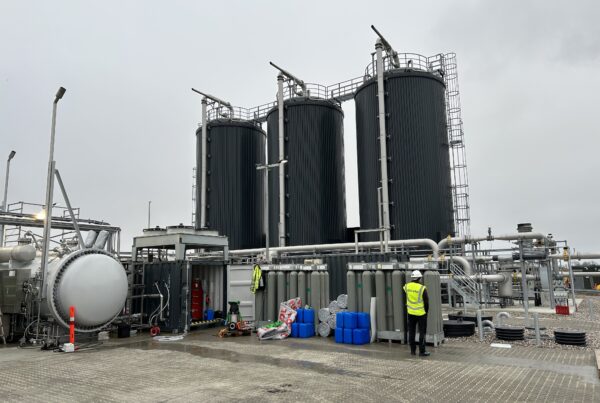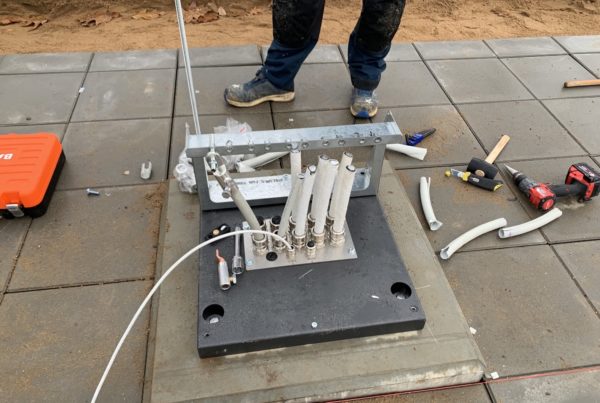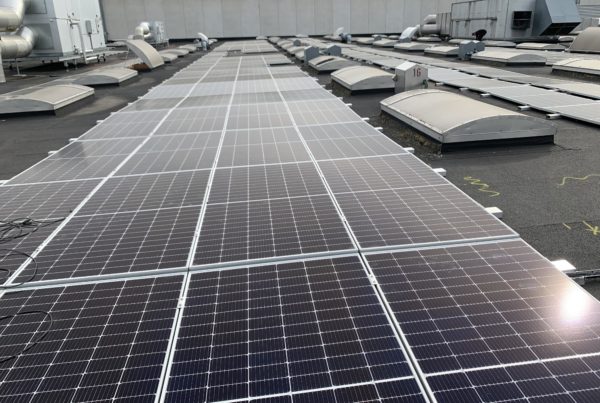Welcome to our Frequently Asked Questions page. When we visit customers around the world, we are met with questions from time to time and we are happy to answer. They are very different from customer to customer and are quite natural if you have not worked with flexible aluminum cables before. Get answers to how long an aluminum cable can be, current value, cable lugs and more in this FAQ. Please read below and feel free to contact us if you have any questions not covered here.
Contact us
We hope you found answers to your questions in our frequently asked questions section. We are of course available if you still have questions or would like us to elaborate on some of the topics. On the “Contact” page you can find both telephone number, contact form and email address.






